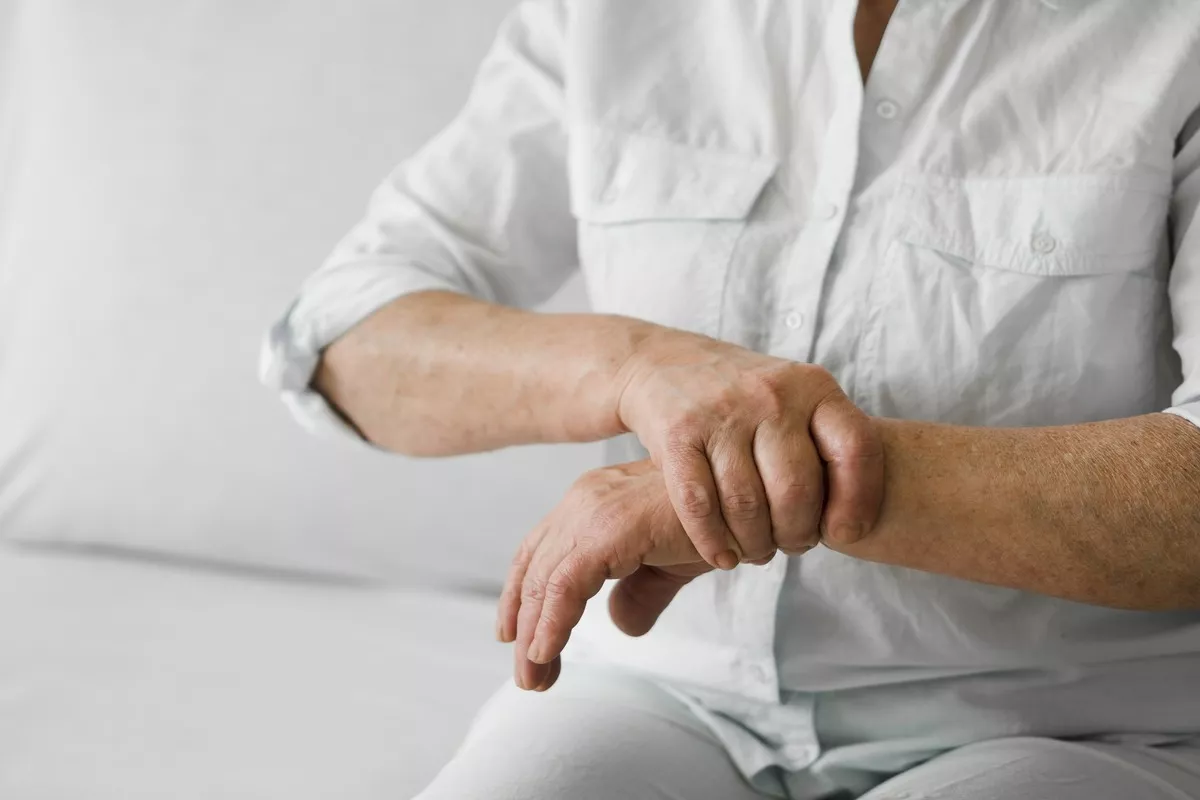Introduction
Rheumatoid arthritis (RA) is a chronic autoimmune disease that significantly impacts joint health, particularly in the foot and ankle. Over 90% of RA patients experience foot pain, which can lead to mobility issues and a reduced quality of life. Despite this prevalence, foot and ankle management remains underrepresented in clinical practice guidelines. This article outlines evidence-based recommendations for foot and ankle care in RA, covering diagnosis, non-surgical and surgical management, and patient self-care strategies.
1. Understanding Rheumatoid Arthritis and Foot Deformities
Rheumatoid arthritis (RA) leads to chronic inflammation that progressively damages joints, causing deformities and mobility issues in the foot and ankle. One common complication is hallux valgus (bunion deformity), where the big toe shifts outward, leading to pain, pressure sores, and difficulty wearing regular shoes. Claw toes and hammer toes occur due to tightened tendons, resulting in joint contractures that cause discomfort and increase the risk of corns and ulcers. RA can also lead to hindfoot valgus (collapsed arch), where weakened foot support causes instability and difficulty walking on uneven surfaces. Additionally, forefoot joint erosion affects the metatarsophalangeal (MTP) joints, leading to pain, swelling, and restricted movement. Ankle instability is another major concern, as chronic inflammation weakens the ankle joint, increasing the risk of falls and limiting mobility. These deformities significantly impact daily life by reducing mobility, increasing fall risk, and causing persistent pain that can affect sleep, mental well-being, and overall quality of life.
2. Clinical Assessment and Diagnosis
Timely diagnosis and intervention are essential to prevent severe deformities and disability. A comprehensive clinical assessment should include:
• Patient History & Symptom Analysis: Identifying pain patterns, morning stiffness, and functional limitations.
• Physical Examination: Checking for swelling, deformities, gait abnormalities, and pressure points that indicate RA progression.
• Imaging Studies:
X-rays: Detect joint erosion, deformities, and misalignments.
MRI: Evaluates soft tissue damage, early joint inflammation, and tendon involvement.
Ultrasound: Identifies synovitis (joint inflammation) and subtle soft tissue changes.
• Multidisciplinary Approach:
Rheumatologists: Manage systemic inflammation and medication therapy.
Podiatrists: Provide orthotic solutions and specialized foot care.
Orthopedic Surgeons: Address severe deformities requiring surgical correction.
Physiotherapists & Occupational Therapists: Help maintain mobility and adapt daily activities to reduce strain.
3. Non-Surgical Management Strategies
Early intervention with non-surgical treatments can delay disease progression, relieve pain, and maintain mobility.
Medication-Based Treatment
• Disease-Modifying Anti-Rheumatic Drugs (DMARDs): Methotrexate, leflunomide, and biologics target RA at a systemic level, reducing inflammation and joint damage.
• Nonsteroidal Anti-Inflammatory Drugs (NSAIDs): Ibuprofen, naproxen, or diclofenac can help alleviate pain and swelling but should be used with caution due to potential side effects.
• Corticosteroid Injections: Directly injected into inflamed foot joints for immediate relief, though frequent use results in a weakening of the tissue.
Orthotic Devices and Footwear
Custom-Made Insoles (Foot Orthoses):
- Reduce pain by redistributing pressure.
- Provide arch support to minimize deformities.
- Improve overall gait mechanics.
Ankle-Foot Orthoses (AFOs): Essential for patients with severe ankle instability to prevent falls and enhance mobility.
Therapeutic Footwear:
- Features cushioned soles and extra-wide toe boxes to accommodate deformities.
- Reduces pressure on sensitive joints and callused areas.
- Customizable options are available for severe cases requiring specialized support.
Physical Therapy and Rehabilitation
- Stretching Exercises: Prevent joint stiffness and improve flexibility.
- Strengthening Routines: Focus on foot muscles to enhance balance and stability.
- Gait Training: Helps correct walking patterns and minimize stress on affected joints.
- Hydrotherapy: Reduces weight-bearing stress while improving mobility.
Lifestyle and Self-Care Modifications
Weight Management: Reduces excessive load on affected joints, decreasing pain and slowing disease progression.
Proper Footwear Selection:
- Avoid high heels and narrow shoes that worsen deformities.
- Opt for cushioned, supportive shoes with shock absorption features.
Daily Foot Care:
- Regularly inspect feet for sores, ulcers, or infections.
- Keep feet moisturized to prevent skin cracking.
- Trim nails properly to avoid ingrown toenails.
4. Surgical Interventions for Severe Cases
Surgery is considered when non-surgical treatments fail to relieve pain and restore function. Common procedures include:
- Joint Fusion (Arthrodesis): Stabilizes and realigns severely deformed joints to relieve pain but may limit mobility.
- Tendon Reconstruction: Repairs or transfers damaged tendons to restore foot function.
- Total Joint Replacement: Artificial joint implants can improve motion and reduce pain in advanced cases.
- Bunion & Toe Corrections: Surgical realignment of hallux valgus and claw toes to restore the foot structure.
Post-Surgical Rehabilitation:
- Gradual weight-bearing progression.
- Strength-building and flexibility exercises.
- Custom orthotics for long-term support and mobility enhancement.
5. Evidence-Based Recommendations for Practitioners
Clinical guidelines emphasize a multidisciplinary approach to foot and ankle care in RA. Key recommendations include:
- Regular Foot Health Assessments: Annual reviews for all RA patients, with increased frequency for those with severe foot involvement.
- Specialized Podiatry Services: Patients should have direct access to podiatrists for foot-specific interventions.
- Use of Orthotic Interventions: Both custom and off-the-shelf orthotics are proven to reduce pain and improve function.
- Therapeutic Footwear as Standard Treatment: Every RA patient with foot pain should be considered for specialized footwear to enhance mobility.
- Early Referral for Surgery: Patients with severe joint damage should receive timely consultations to prevent worsening disability.
6. Patient Education and Self-Management
Empowering patients with self-care knowledge is essential for maintaining foot health and mobility.
Daily Monitoring:
- Infections can be spotted by swelling, redness, or other signs.
- Address minor wounds promptly to prevent complications.
Foot Hygiene Practices:
- Wash and dry feet thoroughly, paying attention to spaces between toes.
- Moisturize to prevent skin cracking, but avoid excessive application between toes to prevent fungal infections.
Adherence to Exercise & Therapy Plans:
- Maintain consistency with prescribed strengthening and flexibility exercises.
- Engage in low-impact activities like swimming and cycling to stay active without excessive joint stress.
Conclusion
Effective foot and ankle management in RA requires early intervention, multidisciplinary collaboration, and patient education. By integrating evidence-based treatments, orthotic support, and lifestyle changes, patients can achieve improved mobility and pain relief. For severe cases, surgical options should be evaluated to restore function and prevent disability.
Healthcare professionals should follow established clinical guidelines to ensure the best outcomes for RA patients. Consistent monitoring, timely interventions, and patient empowerment will help enhance mobility and overall quality of life.












